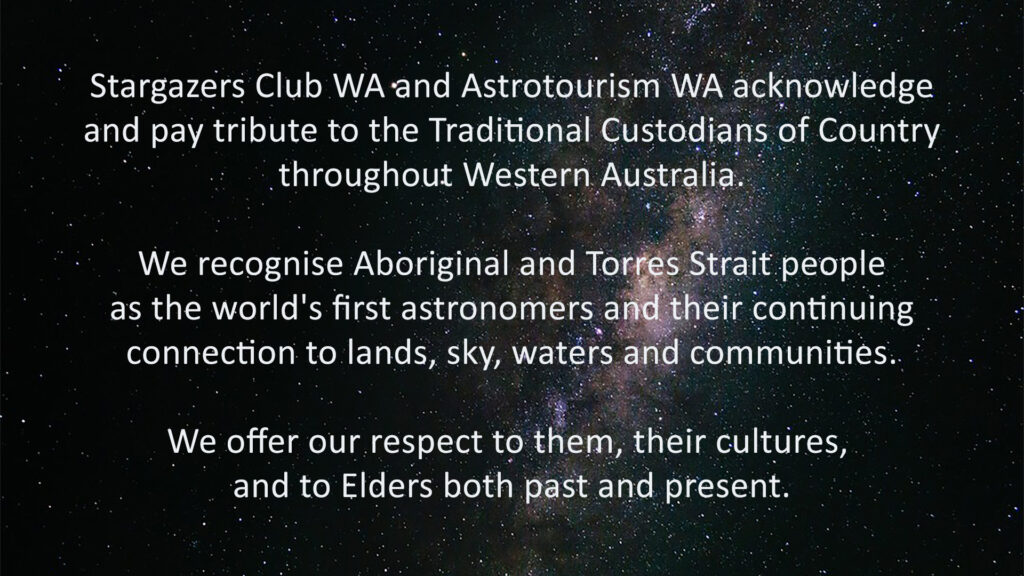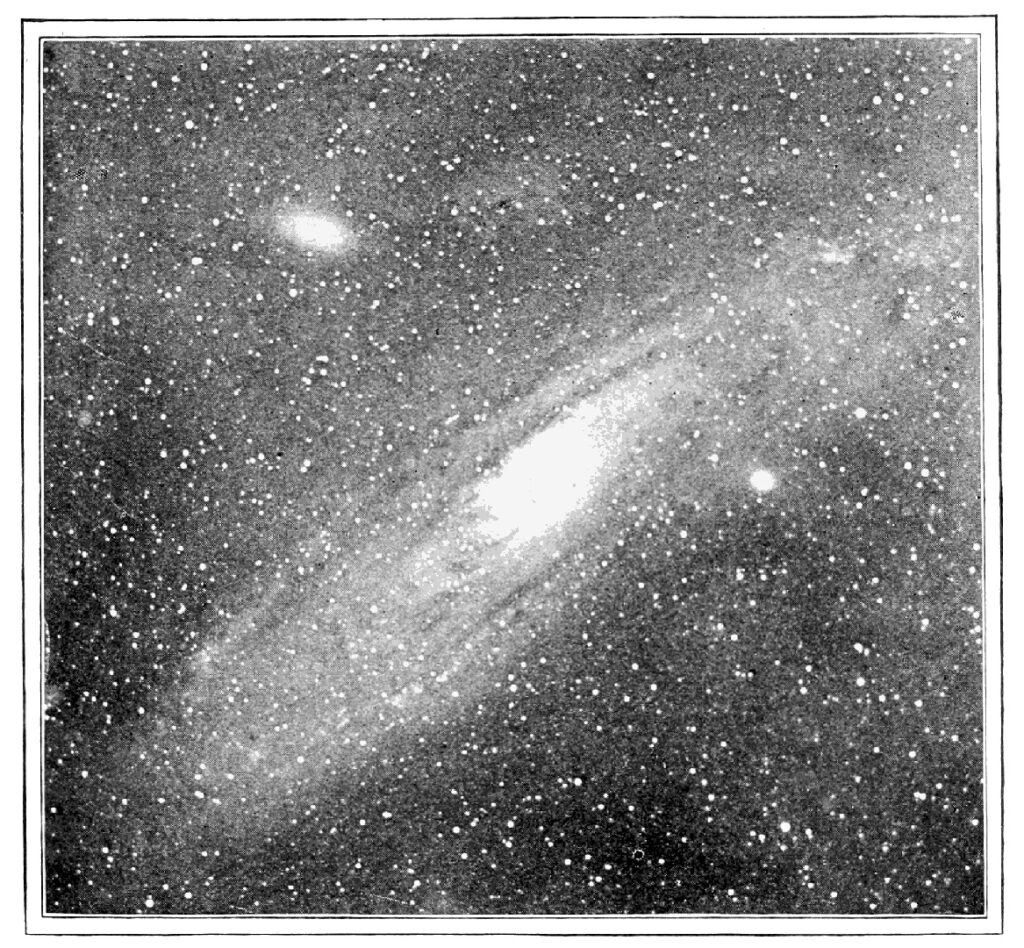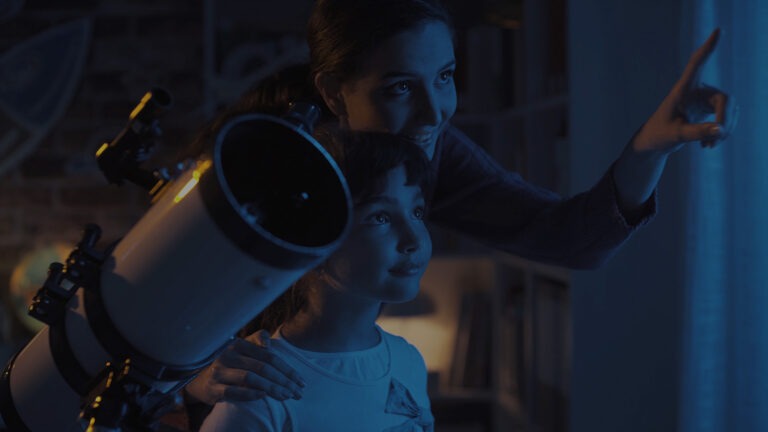The Andromeda galaxy is roughly 2.5 million light-years away, and yet it’s the most distant object visible to the human eye.
Also known as Messier 31 (M31), Andromeda is the Milky Way’s nearest major galaxy. It’s best seen during November, so we’re taking a journey through the galaxy’s history, some folklore, a little research, and its possibly catastrophic future.
Debunking the Andromeda Nebula
Astronomers today recognise that Andromeda is a barred spiral galaxy, but it was once the subject of such heated astronomical debate that the universe’s very nature was at stake.
For centuries, many astronomers considered the Milky Way to be the entirety of the universe. The brightest minds firmly believed that the glowing gas clouds they saw as fuzzy patches were ‘spiral nebulae’ within our galaxy.
The German philosopher Immanuel Kant had already proposed the idea of the Milky Way being one of many galaxies, way back in 1755.
In 1920, the astronomers Harlow Shapley and Heber Curtis engaged in a Great Debate, to settle the small matter of the universe’s size. Shapley argued that spiral nebulae were small and within the Milky Way. Curtis said they were instead galaxies independent of the Milky Way, meaning that they had to be both incredibly large and very distant.
While astronomers at the time generally considered Shapley the debate’s winner, in 1925, Edwin Hubble showed that Andromeda was far outside the Milky Way, proving that Curtis was correct. Andromeda became a galaxy (though Hubble called it an “island universe”).
The Milky Way is part of a group of galaxies that are all linked together by the pull of gravity, called the Local Group. Of the approximately 54 galaxies in our Local Group, most are dwarf galaxies clustered around the three largest: the Milky Way, Andromeda, and Triangulum.
The Andromeda galaxy is roughly 2,480,000 light-years from Earth, and approximately 200,000 light-years across. If that blows your mind, consider that our gaalctic Local Group is part of a giant cluster of several thousand galaxies, and that giant cluster is in turn a part of the Virgo Supercluster, which has a diameter of about 110 million light-years.
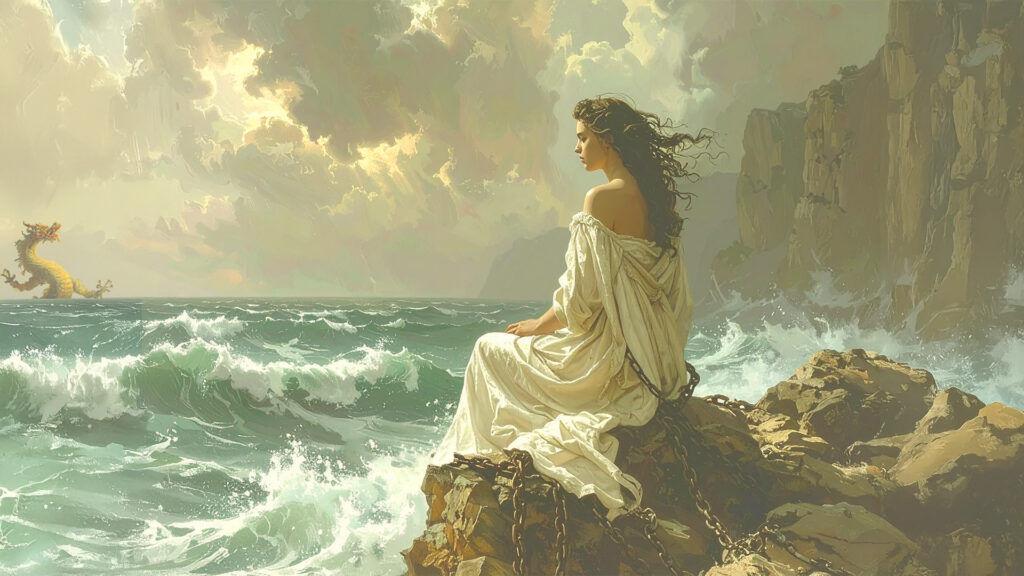
Andromeda in History and Mythology
The Andromeda galaxy’s home constellation takes its name from the princess of Greek mythology. Andromeda was chained to a rock as a sacrifice to the sea monster Cetus, and was rescued by the hero Perseus. You can see all three constellations close together in the night sky.
One of the Andromeda galaxy’s first mentions in writing is the Islamic astronomer Abd al-Rahman al-Sufi’s Book of the Fixed Stars, written in 965 CE. Historian John H Rogers speculates that the Babylonian dusky star named dHarriru could be the Andromeda nebulae. This could predate al-Sufi by several thousand years.
While Andromeda lies just above the horizon in Australia’s southern latitudes, astronomer Ray Norris says it would be surprising “if there were no references to [Andromeda] in Aboriginal stories,” since in northern Australia, “it is visible, but faint, well up in the sky.”
Norris quotes A.E. Wells book Skies of Arnhem Land. The book mentions the Yolngu people’s description of Larrpan, a canoe that carried the dead to the mythical island of Baralku. Larrpan is described as a soft light that doesn’t twinkle “as do other stars.”
While Norris acknowledges Wells doesn’t mention the canoe’s location, he says “her description strongly suggests M31.” If confirmed as an oral account of Andromeda, this could be tens of thousands of years older than the Babylonian civilisation.
Recent Discoveries and Research
Andromeda is one of possibly two trillion galaxies in the observable Universe, and we frequently learn new things about it.
Astronomers have been drawing, photographing, and measuring the galaxy for centuries. Almost a century before Hubble determined it was a galaxy, the British astronomer William Huggins showed that the unique patterns of light from nebula had the characteristics of gas, while Andromeda had the characteristics of stars.
Nearly 75 years later, astronomers observed what could be evidence of a planet in the galaxy. This would be the first extrasolar planet found in another galaxy.
Until fairly recently, astronomers believed that Andromeda was far larger than the Milky Way, as much as three times the size. But, in 2018, astrophysicists from the International Centre for Radio Astronomy Research (ICRAR) found they were roughly the same size. The research also showed that discovered that Andromeda has far less dark matter than previously thought.
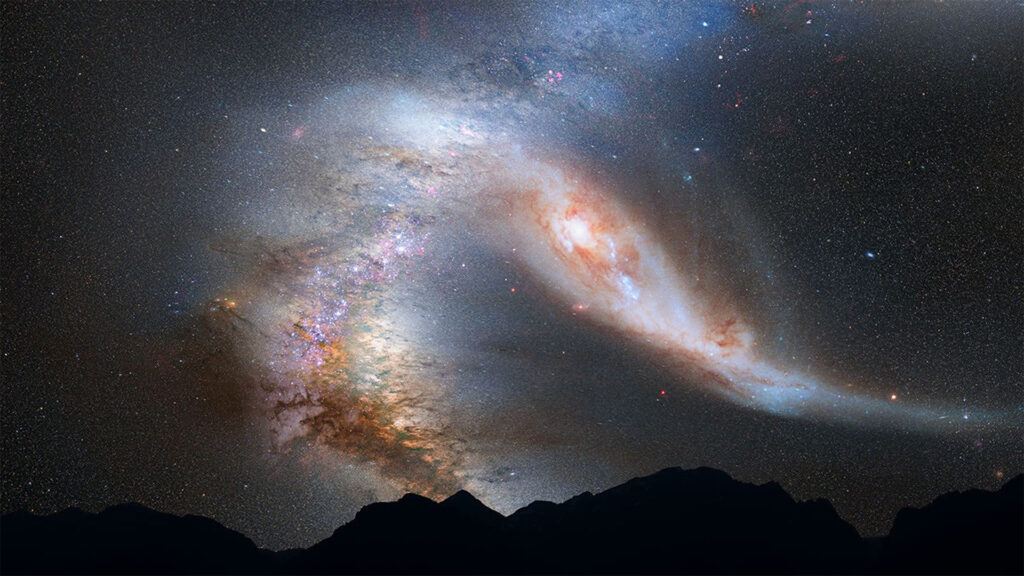
Will Andromeda collide with the Milky Way?
NASA astronomers announced in 2012 they could “predict with certainty” when our Milky Way galaxy would collide with Andromeda. Scientists concluded that although the galaxy is currently 2.5 million light-years away, Andromeda is approaching the Milky Way at about 110 kilometres per second. At this rate, our galaxies will collide in around four billion years.
But more recent calculations suggest that the ‘Milkomeda’ galactic merger might not happen after all.
Astrophysicist Ruby Wright, from the University of Western Australia, says the latest and most accurate observations account for uncertainties in existing measurements, and include the gravitational influence of other nearby galaxies.
Wright says the research she was involved in shows there is “only about a 50% chance the Milky Way and Andromeda will merge in the next 10 billion years.”
“The Large Magellanic Cloud shifts the Milky Way’s motion away from Andromeda, reducing the likelihood of a collision,” Wright says.
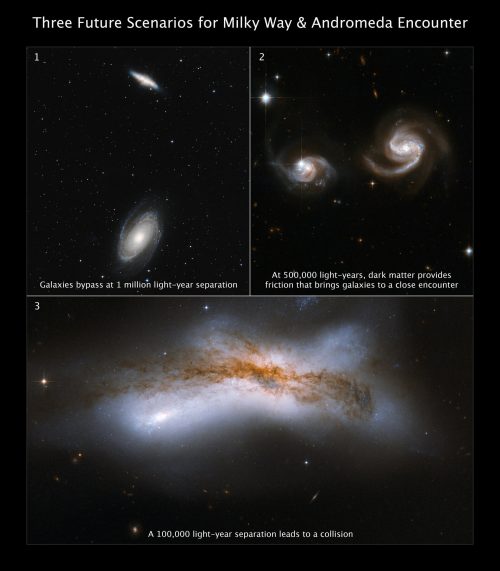
Observing Andromeda
November is the best time to see the Andromeda galaxy. Through winter, Earth’s orientation allows us to look into the centre of our own galaxy, but in summer, because we’re looking away from the centre, we can search for other galaxies.
Because it lies so far north, Andromeda doesn’t rises more than 16° above the horizon for stargazers in Perth, making it difficult to see. To give yourself the best conditions, you need a very dark sky with no moonlight and a clear view to the northern horizon.
Using a star chart or a free online tool, like SkySafari AR or Stellarium, search for and locate the star called Mirach, which will be low on the northern horizon. Use this star and the pattern of fainter stars that are below and to the left of Mirach to try and locate Andromeda with the naked eye.
Andromeda is visible to the naked eye. With binoculars, you may reveal some of the galaxy’s larger structures and its two brightest satellite galaxies, M32 and M110. With a small-to-medium sized telescope, you may see Andromeda’s disk, some of its brightest globular clusters, dark dust lanes, and the large star cloud NGC 206.
Read more about how and when to see Andromeda on Astrotourism WA here.

Jay Chesters
Jay Chesters is a wordsmith with a little bit of a thing for the stars. As a cosmic storyteller with a love for astronomy and space that's out of this world, Jay’s always eager to share his knowledge and passions.
Save on Stargazers Club Events
Get a free telescope cheat sheet and save 10% on Stargazers Club WA events.
